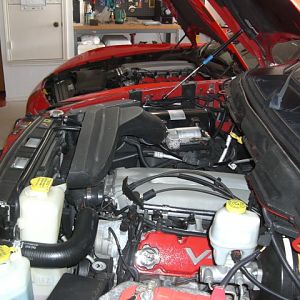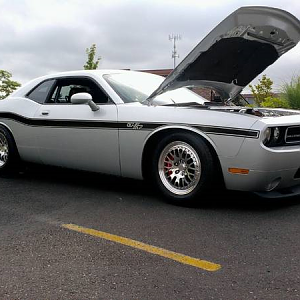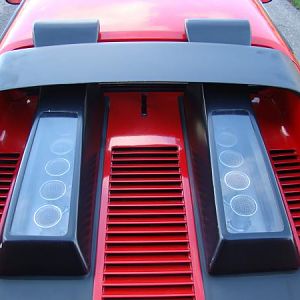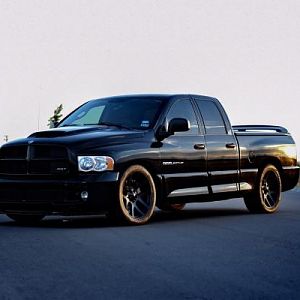how is your driveline goining to handle this idea? the stock viper engine (505)is already double your 5.9's (245) HP rateing....and your talking 3 to 4 times what it came with stock.....just an observation:dontknow: :dontknow:
what about doin a rear mount, sequential twin? small turbo for down low, and a big one for WOT. then u get teh both worlds doesnt seem that hard to do either
pokeytemplar said:I wouldn't necessarily agree with the statement. What if your goal is 1000ft/lbs of TQ from 2000-6000RPM? Turbo is unable to spool fast enough to give 14+psi at 2000rpm and then still be able to flow well enough to continue to provide that boost (or more) at 6000RPM. If you want NO LAG then turbos are not an option and a centrifugal is out as well. If you want efficiency then a roots blower is out leaving only a twin screw. If turbos out performed charges then chargers wouldn't exist. Each has its place/purpose.
what about doin a rear mount, sequential twin? small turbo for down low, and a big one for WOT. then u get teh both worlds doesnt seem that hard to do either
Last edited:





